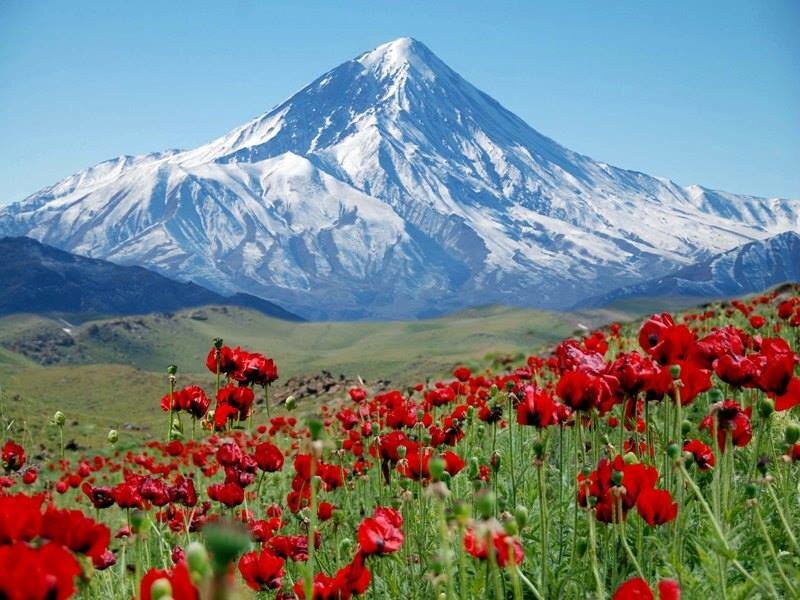
TEHRAN – Mountains are home to 15 percent of the world’s population and a quarter of the world’s land animals and plants; they provide half of humanity with fresh water, making their protection crucial for sustainable development.
Man has always intervened in the mountains because of the precious metals and stones, coal and other raw materials hidden in them; also because of the agricultural land used for the cultivation of fodder, the production of herbs, livestock breeding, the production of meat, dairy products and all kinds of food.
Unfortunately, mountains are threatened by climate change and overexploitation, and Damavand is no exception. As one of the most outstanding mountains in the country and the world, it faces many challenges.
Damavand, a potentially active volcano with a height of 5,600 m, is a stratovolcano and the highest peak in Iran and the highest volcano in Asia. It is a significant mountain in Persian mythology and folklore. In Persian poetry and literature, it is the symbol of Iranian resistance against despotism and foreign rule.
Mount Damavand is located in the middle of the Alborz Mountains, near the southern coast of the Caspian Sea, in Amol County, Mazandaran Province. It is the 12th highest mountain in the world and the second highest in Asia after Mount Everest. It is part of the Volcanic Seven Summits mountaineering challenge.
Given the mountain’s importance, environmentalists declared July 4 as Damavand Day in the Iranian year 1381 (2002–2003) to highlight the importance of the symbolic mountain in preserving the region’s valuable biodiversity.
It is home to a diverse range of wildlife, including goats, rams and sheep, but due to the large number of livestock grazing in the pastures and human-induced activities, their habitat is shifting closer to the mountain top, where these species are at risk due to food shortages.
In addition to overgrazing animals, herders also used valuable plants as fuel for food production, further contributing to the destruction of the mountain’s ecosystem, ISNA quoted Abbas Mohammadi, an official at the Environment Ministry, as saying.
Other challenges facing the mountain include road construction, high tourist influx, poor mining conditions, land use changes and construction work.
“Setting visitor limits, restricting the development of hiking trails and walking on designated paths, encouraging people to keep the mountain clean and requiring them to collect their garbage are some of the important measures that need to be taken to mitigate the negative impacts of human activities,” Mohammadi stressed.



